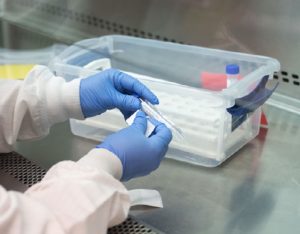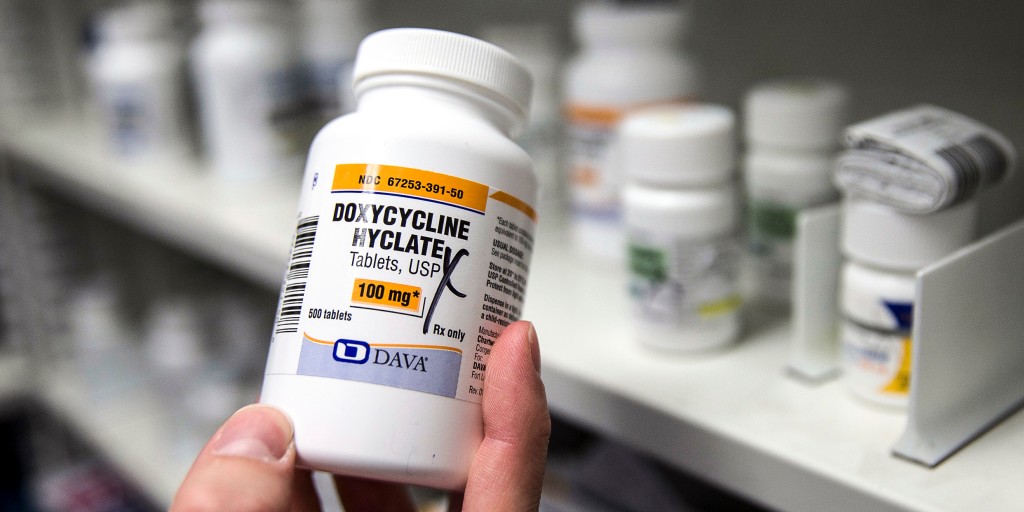The health community is growing more concerned about Shigella bacteria infections that have shown a resistance to drugs.
The Centers for Disease Control and Prevention (CDC) last week issued a health alert for a rise in infections caused by a drug-resistant strain of Shigella, bringing new attention to a pathogen that is likely unfamiliar to many in the United States.
As the CDC noted in its alert, five percent of Shigella cases in 2022 were caused by extensively drug-resistant infections of the bacteria, referred to as XDR infections. This marked an increase from when no cases were considered XDR infections in 2015.
“We received increased reports of XDR infections from our state health partners in several regions of the U.S. and then we also received multiple communications from physicians, from IV docs in particular, who were inquiring about treatment options for these really challenging cases,” CDC Medical Officer Naeemah Logan told The Hill.
CDC officials said it’s unclear if some regions of the U.S. are seeing more Shigella cases than others as not all regions have the same level of surveillance and reporting data can lag. But the rise in drug resistant Shigella infections is notable.
CDC Medical Officer Louise Francois Watkins noted that XDR infections from other bacterias could take decades to increase from zero to five percent of cases, but Shigella accomplished this in just a few years.
“We’re not seeing one single strain of Shigella that’s causing this emerging phenomenon. What we’re seeing is the development of this resistance in a number of different strains that are occurring all over the country and in fact all over the world,” Francois Watkins said.
According to Francois Watkins, the increase in XDR cases indicates some selective pressure that is driving the Shigella bacteria to develop antibiotic resistance. She noted that a common driver in antibiotic resistance is the use of antibiotics not only in people but in animals and environmental settings.
“We think that some of the best ways to combat this problem are to really have what we call judicious use, or conscientious use, of antibiotics in all of these different settings,” said Francois Watkins.
George Garcia, professor and chair of medicinal chemistry at the University of Michigan’s College of Pharmacy, told The Hill that labs like his are looking into treatments that block a pathogen’s ability to infect instead of targeting the pathogen itself. According to Garcia, these potential methods, targeting what are called “virulence factors,” would places less pressure on bacteria to become antibiotic-resistant.
Shigella is a close relative to the better-known E. coli bacteria and can similarly be spread through contaminated food and water, but is also spread through oral contact with feces. What sets Shigella apart from E. coli is its extremely high virulence, with as little as 10 microorganisms of the bacteria capable of causing an infection.
In comparison, other common causes of gastrointestinal infections require hundreds or even thousands of bacterial organisms to cause illness.
Symptoms of Shigella infections include diarrhea — which can be bloody — as well as fever and abdominal cramping. Most cases of the Shigella infection will resolve on their own without medical intervention.
Garcia noted that blood in stool or diarrhea can be a telling indication for some that they have contracted Shigella.
“A lot of diarrheal diseases don’t quite do that, but Shigella does,” said Garcia. “It’s not unique to Shigella but it would certainly be a red flag to me.”
California nurses slam state decision to roll back COVID-19 requirements in health care settings
Federal agency urges railroads to review how they share hazmat info in wake of Ohio train derailment
The CDC noted in its health alert that it has observed an increase in Shigella cases among men who have sex with men, which Garcia attributed to the bacteria accumulating in the intestines and the prevalence and anal intercourse among this demographic.
Francois Watkins said Shigella’s potential as a sexually transmitted disease has been under recognized in the medical community.
“We think that often its reputation within the medical community is more of a foodborne and person-to-person transmission mode that occurs like among young kids at daycares and things like that,” Francois Watkins said. “So we think that it is under recognized as a sexually transmitted disease, but in the medical literature it’s been known for many years that this is a possibility.”
Discovered on: 2023-03-04 11:00:00
Source: Why concerns are rising about drug-resistant Shigella infections



